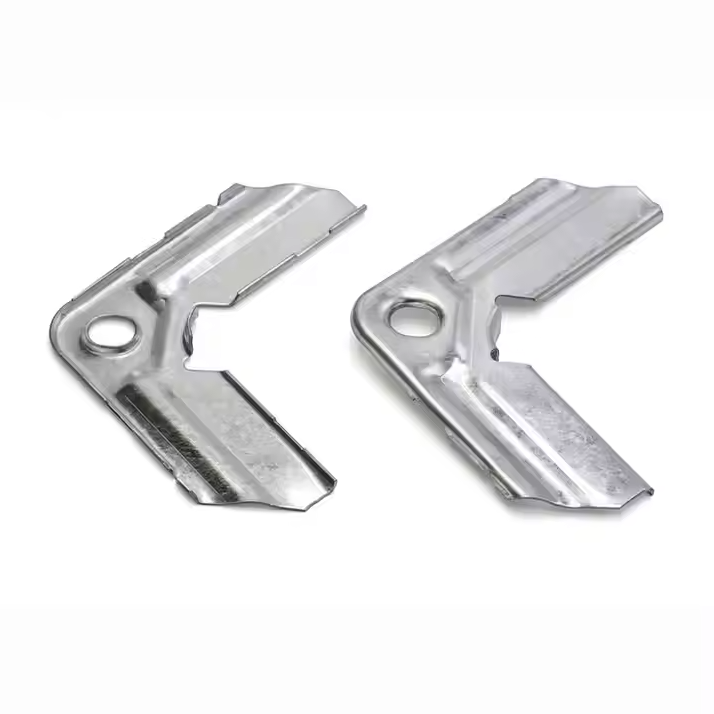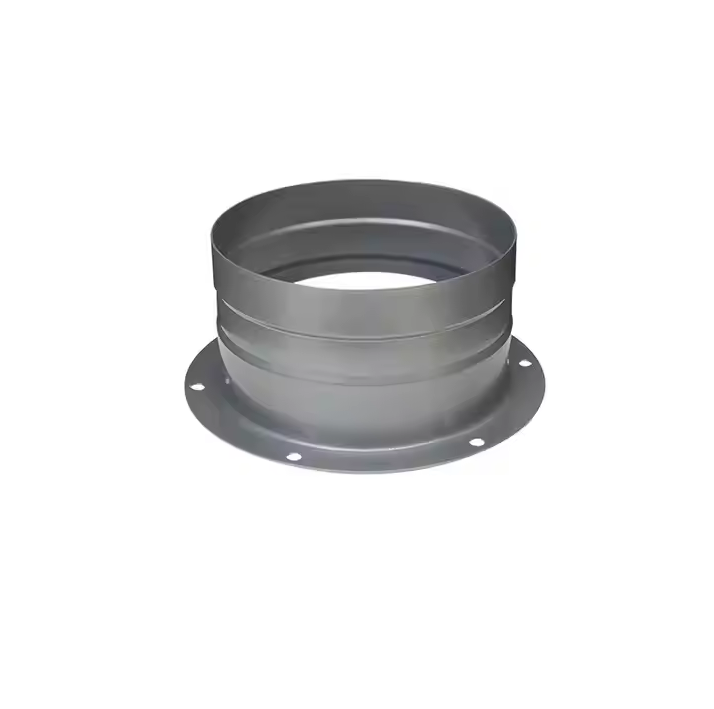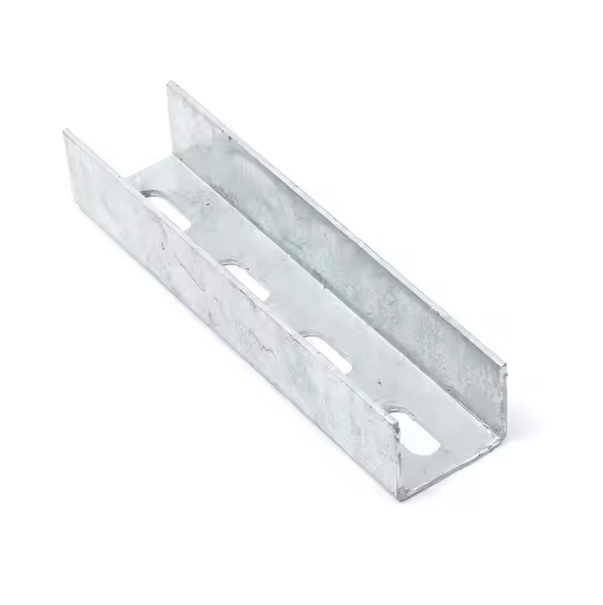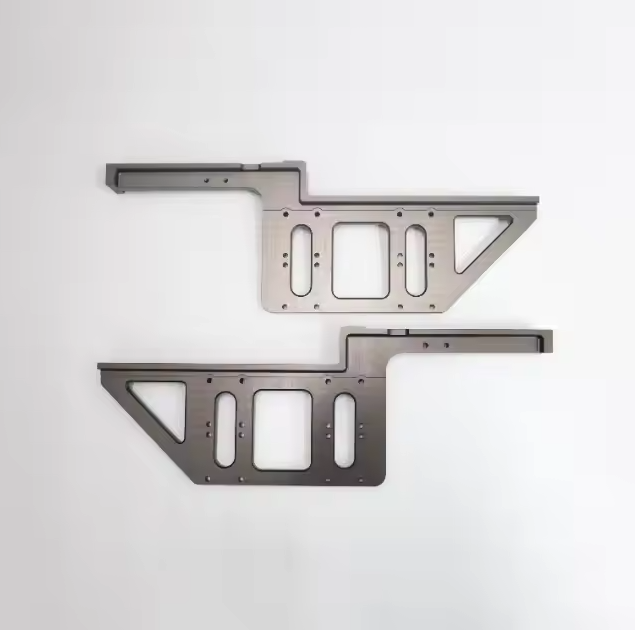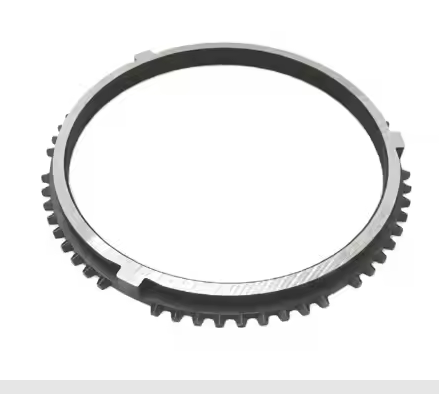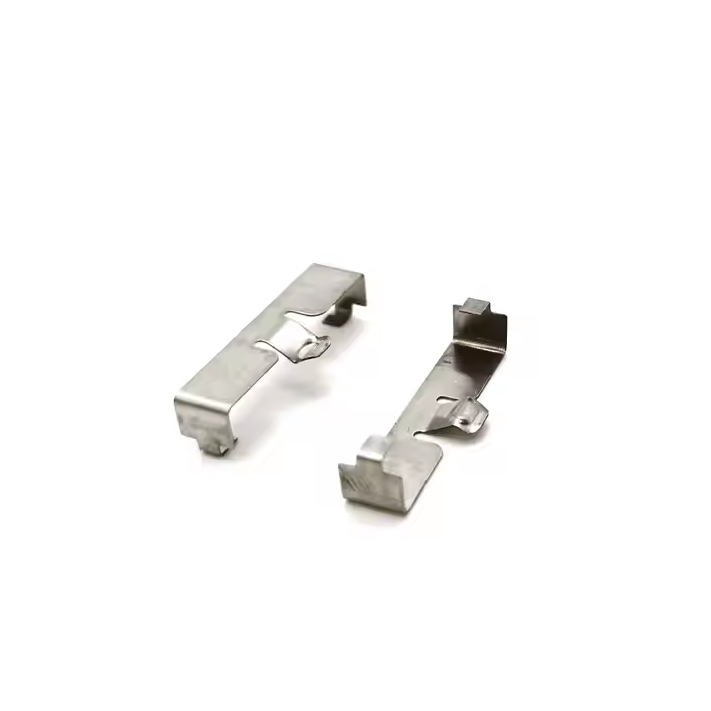In the wave of precision manufacturing in modern manufacturing, metal bending, with its unique technological charm, has become the core technology for achieving shape innovation and function optimization in customized manufacturing.
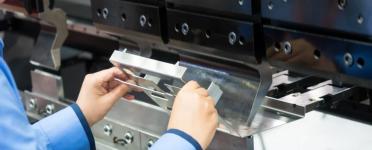
Definition of Metal Bending
Metal bending is a process that uses external forces to cause metal materials to undergo plastic deformation, thereby obtaining a specific angle, arc or spatial surface. Its core principle is to use the ductility of metals to apply bending moment or torque to the material through molds, presses, pipe bending machines and other equipment at room temperature or under heating conditions, so that the outer layer is pulled and the inner layer is compressed, and finally the geometric shape required by the design is formed.
Advantages and features of metal bending
High-precision forming capability
The CNC bending machine can achieve an angle accuracy of ±0.1mm, and cooperate with the laser detection system to ensure that the complex curved surface is completely consistent with the design drawings.
Adaptability to complex shapes
From two-dimensional straight line bending to three-dimensional space curves (such as the S-shaped bend of aircraft landing gear), metal bending can break through the limitations of traditional cutting processing and achieve "one-time forming".
High material utilization rate
The non-cutting processing characteristics enable the material utilization rate to reach more than 95%, saving 30%~50% of raw materials compared to milling processing, especially suitable for the processing of precious materials such as titanium alloys.
Optimization of mechanical properties
The material undergoes work hardening during the cold bending process, which can improve the strength of the bending part (such as the bending strength of the stainless steel shelf beam is increased by 15%), while retaining the overall toughness.
Application fields of metal bending
1. Aerospace
Scenario: aircraft titanium alloy wing ribs, engine fuel pipes
Process: hot bending + superplastic forming, to achieve complex curved surfaces with a wall thickness difference of ≤0.05mm, meeting the reliability requirements under high temperature and high pressure environments.
Scenario: body structural parts (such as A-pillars, door anti-collision beams), chassis suspension system swing arms
Technology: servo electric bending machine + hydraulic compensation, to solve the rebound control problem of high-strength steel (tensile strength ≥1500MPa) and improve collision safety.
Scenario: 5G base station radiator aluminum profile bending, precision connector copper alloy shrapnel
Advantages: Micron-level accuracy (±0.02mm) meets the compactness and reliability requirements of electronic components, such as the bending of stainless steel brackets for mobile phone camera modules.
4. Energy and heavy industry
Scenario: Wind power equipment tower flange bending, nuclear power steam generator U-tube
Equipment: Heavy-duty plate rolling machine (maximum rolling thickness 200mm), with CNC system to achieve high-precision forming of large-size workpieces.
5. Consumer goods and medical
Scenario: Wearable device titanium alloy case, medical titanium alloy artificial joint handle
Process: Cold bending + surface treatment, taking into account aesthetic design (such as arc chamfer R≤0.3mm) and biocompatibility.
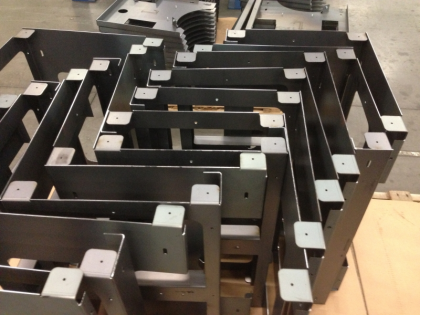
With the development of intelligent manufacturing and new materials, metal bending is shifting from "experience-driven" to "data-driven". Xuanmin Factory provides multi-process collaboration, one-stop solutions for bending, rolling and hot bending, and is suitable for 20+ materials such as aluminum, titanium, and high-strength steel. We look forward to working with you to explore more possibilities of bending technology!
